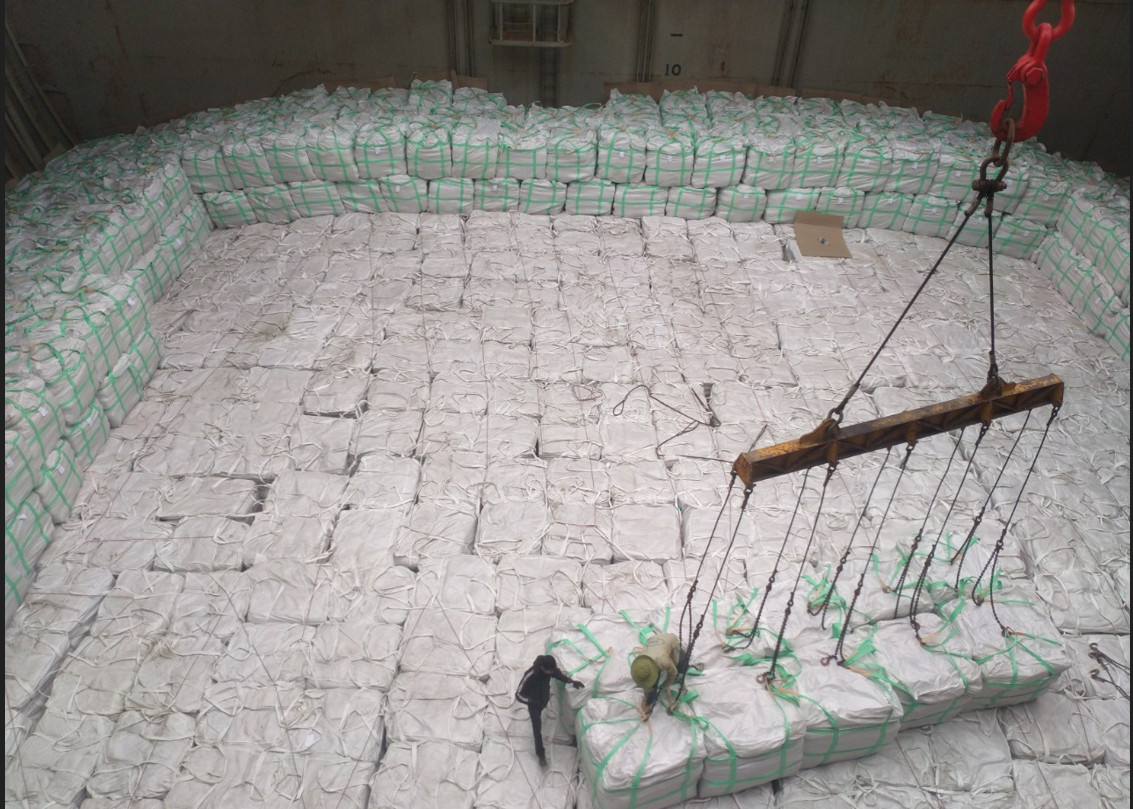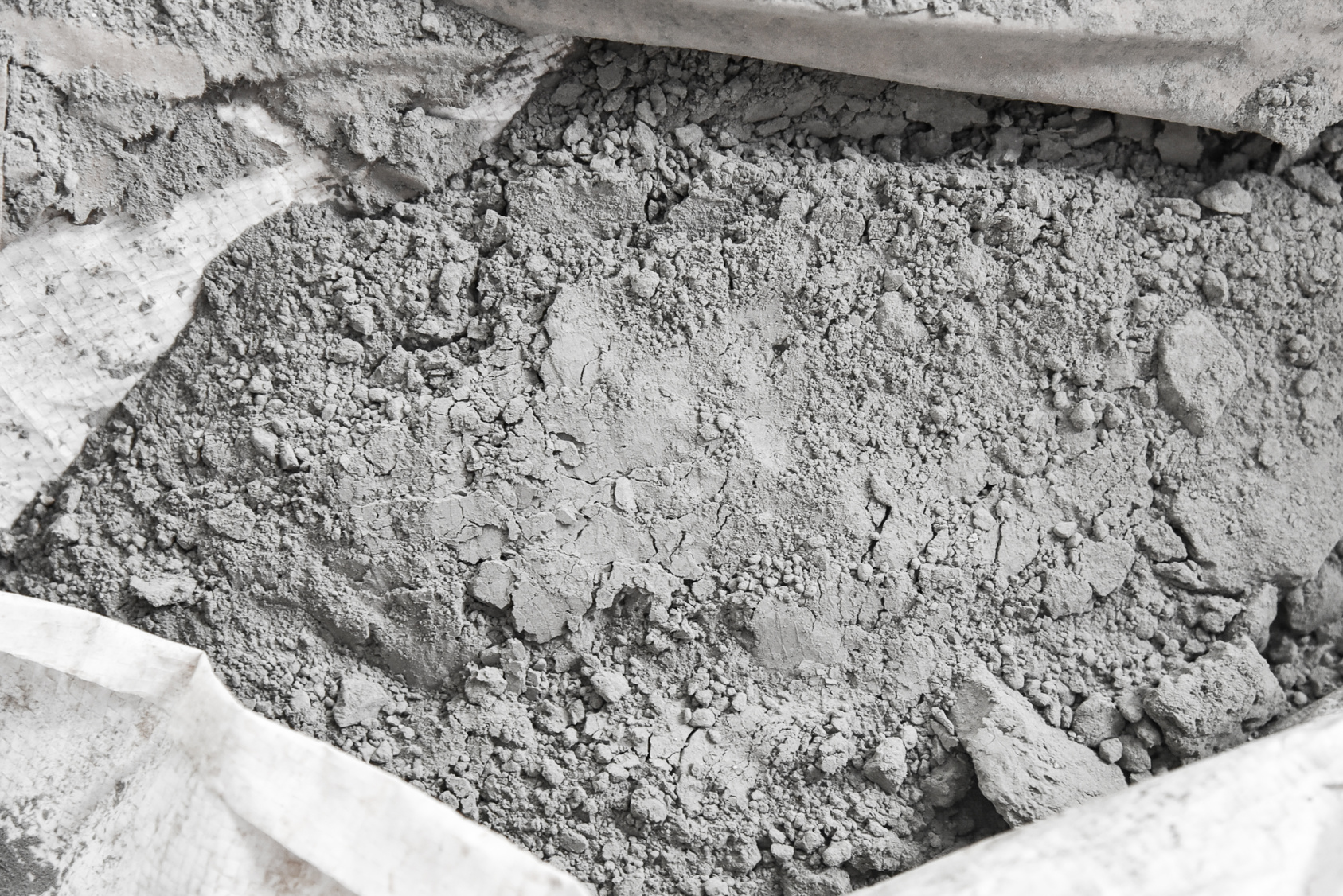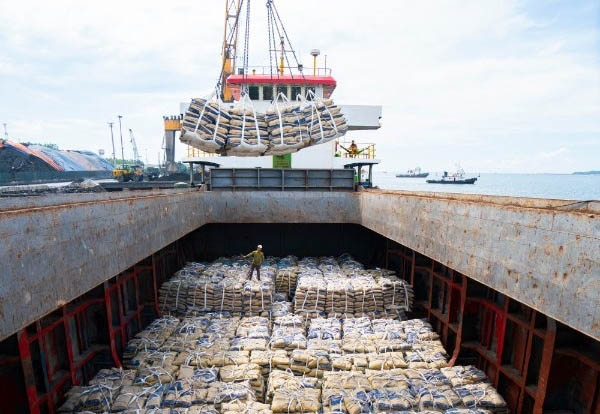As global environmental standards tighten, Vietnam’s cement industry faces mounting pressure to cut carbon emissions while ensuring sustainable growth. With the country’s commitment to achieving Net Zero by 2050, cement manufacturers must adopt greener solutions to maintain their competitive edge.
The Pressure to Reduce CO₂ in Cement Production
Cement is one of the world’s largest CO₂-emitting industries, accounting for 7-8% of total global emissions. In Vietnam, where annual cement production exceeds 100 million tons, the environmental impact is immense. Without immediate improvements, local companies risk losing key export markets to competitors from Thailand, China, and the EU, who have already met strict green standards.
According to the Vietnam Cement Association, around 80% of domestic cement is produced using modern, high-capacity production lines, while 20% still comes from smaller, less efficient plants. As per the government’s Construction Industry Development Strategy, the sector aims to cut emissions to 650 kg CO₂ per ton of cement by 2030, further reducing it to 550 kg CO₂ per ton by 2050.
Green Solutions in Action
To align with the shift towards low-carbon production, many Vietnamese cement manufacturers are adopting advanced eco-friendly technologies:
✅ Waste Heat Recovery (WHR) Systems: WHR enables plants to self-generate 25-30% of their electricity, significantly cutting CO₂ emissions.
✅ Alternative Fuels: Instead of coal, plants are experimenting with industrial waste and biomass fuels to lower carbon output.
✅ Reducing Clinker Content in Cement: This is the most effective method for cutting CO₂. However, consumer preference for high-clinker cement remains a challenge. In the EU, cement contains around 77% clinker, while in Japan, it is about 70%. In contrast, Vietnam’s 2021 cement exports—totaling 17 million tons—were mostly high-clinker varieties with only 5% mineral additives (CEM I under EN 197-1 and Type I under ASTM C150). Changing market perception of green cement remains a major hurdle.
✅ AI & IoT Integration: Smart technologies optimize operations, reducing energy consumption and emissions.
What’s Next for Vietnam’s Cement Industry?

Despite significant progress, challenges remain in Vietnam’s pursuit of Net Zero. Transitioning to green production requires heavy investment, while fierce market competition pressures companies to keep costs low. Failure to adapt could see domestic manufacturers lose access to major markets like the EU and the US, which have introduced carbon border taxes on high-emission products.
Green production is no longer an option—it is a necessity. Here, Supas Vietnam commits to accompany and contribute to the green revolution of the cement industry in particular and to reduce global CO2 emissions in general.
Compiled by: Elly Nguyen
Whatsapp/ zalo/ viber: +84 369 980 010














